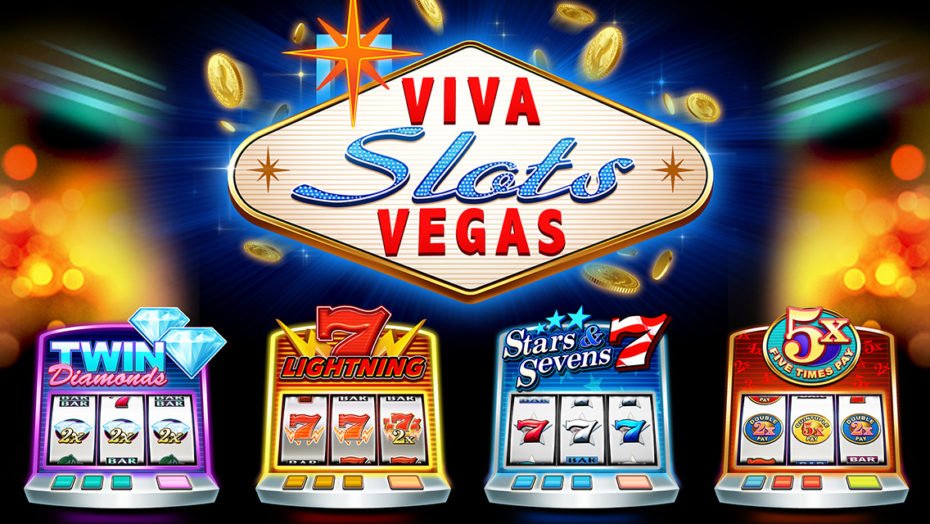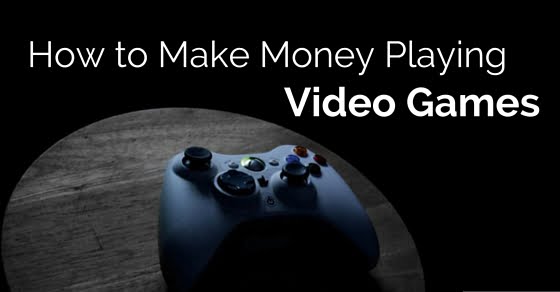

The mobile phone is easily dismissed as the least favourite platform of choice for gaming. The very characteristics of the device that make it such a handy productivity tool – diminutive proportions, average batteries, and of course, touchscreens, have worked against it when it comes to being considered game-worthy hardware. The early successes in the mobile game market also reflected this. Endless runners like the Temple Run and Subway Surfers series and popular titles like Angry Birds and Candy Crush went on to dominate.
But this is 2016, and if the millions of people walking around trying to catch Pokémon are a yardstick to go by, it’s time we took mobile gaming seriously.
The rise of the mobile phone as a gaming device can be attributed to a few different factors. The first being the constant push by smartphone manufacturers to pack the latest and greatest in hardware. While most of these specs are overkill for daily tasks, they do work in favour of gamers, a community that knows you can never have enough performance. The massive horsepower modern smartphones pack has enabled developers to play on every gamer’s weakness, a fondness for retro games.
Square Enix, who have a fair share of popular titles from yesteryear to their credit, have released a number of classics such as Final Fantasy, Chrono Trigger, and the original Tomb Raider games on Android in a smartphone-friendly format. Apart from Square Enix games, titles such as Baldur’s Gate and the Sonic the Hedgehog series have also pulled in many long-time players into trying their favourites out on a touchscreen.
The accessibility factor plays a big part here as well. Many retro titles were originally launched for platforms like the Nintendo Entertainment System (NES) and the early Playstation devices, which few Indian gamers had access to. Their availability on a ubiquitous platform in 2016 has led to many being more than willing to shell out some money to purchase the titles, serving as a win-win for both players and developers.
Retro factor aside, mobile games in general have been getting good. Niantic Inc. struck gold with location-based underground hit Ingress, cleverly leveraging GPS and the open world to create a game that only worked because of the inherent portability of the phone.
Story-rich point-and-click adventures have also been a huge hit, and Telltale Games, one of the leading developers in the genre, has released its popular titles for mobile. The immersive experience and simple controls of these games work perfectly even on the go, and have led to games based on popular series like Game of Thrones and The Walking Dead. There is even a point-and-click Batman game in the works.
Nintendo, who have another treasure trove of content like Mario and The Legend of Zelda series up their sleeves, had been conspicuously absent from proceedings on the mobile front until Pokémon Go. The runaway success of the game represents the essence of all the other factors, a combination of retro remembrance and the best of modern technology. Pokémon’s success might well pave the way for classic Nintendo titles to finally hit mobile screens. In the meantime, Android does have Gameboy emulators that can play old Nintendo Gameboy titles if you so wish, though the legalities are a little murky.
Things are looking up on the software side of things, and hardware manufacturers have not been sitting idle. Video card manufacturer Nvidia has been actively aiming for a slice of the mobile pie – creating the Tegra processor and the Shield tablet. With the gamepad and streaming-enabled Shield TV, the company is looking to serve as a conduit to take smartphone gaming to the big screen. Manufacturers like Moga and Logitech have also developed gamepads that support mobile screens but give gamers all the physical buttons they need to navigate virtual worlds.
The smartphone may never be the gaming powerhouse that a console or PC is, but it has now realised what its strengths are, and started playing to them.
[Source:- The Hindu ]





